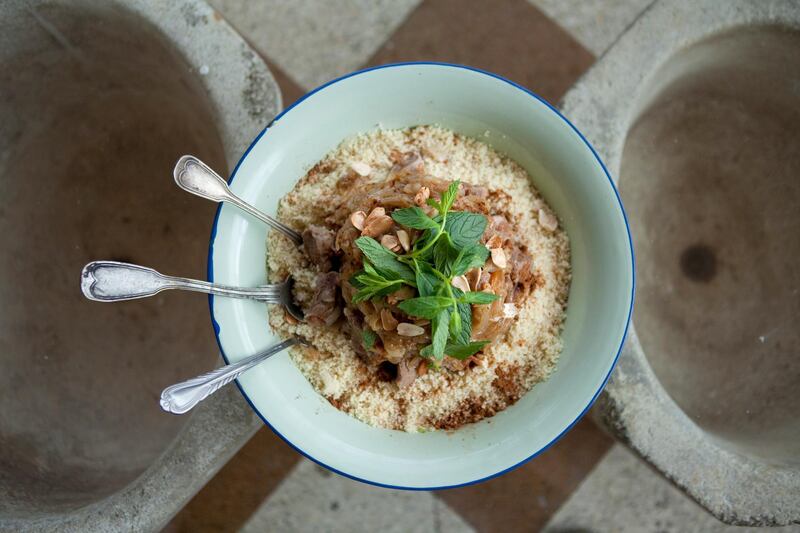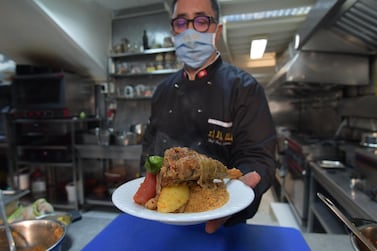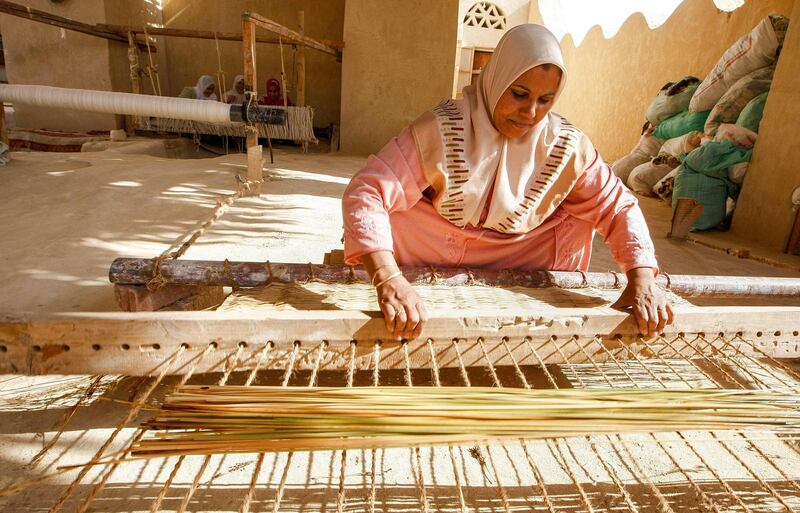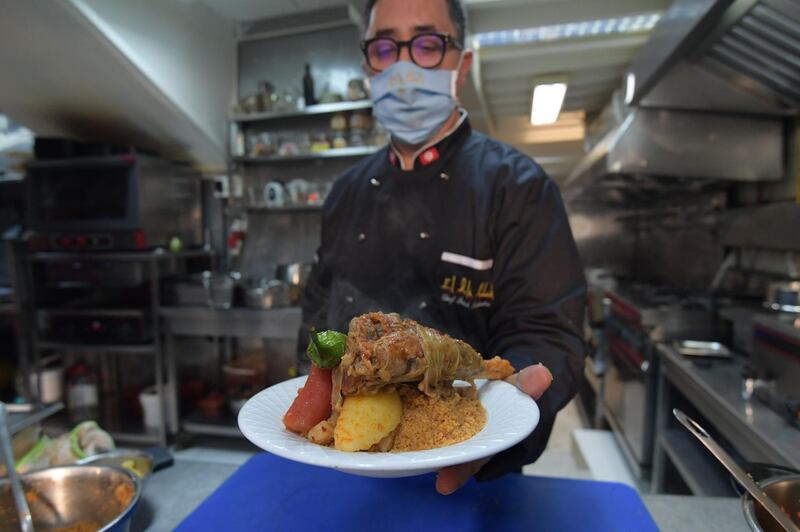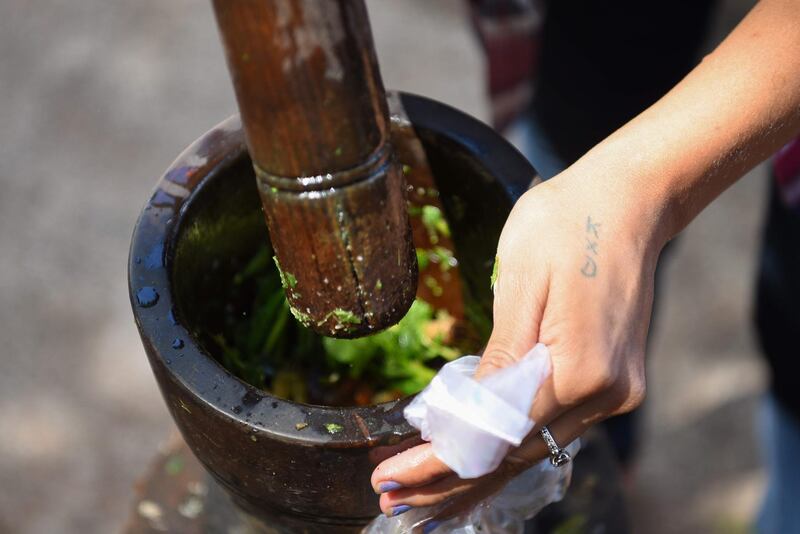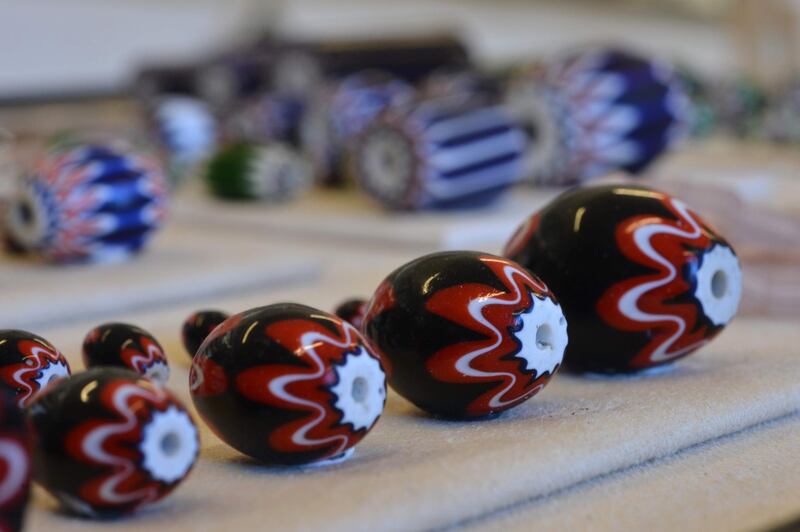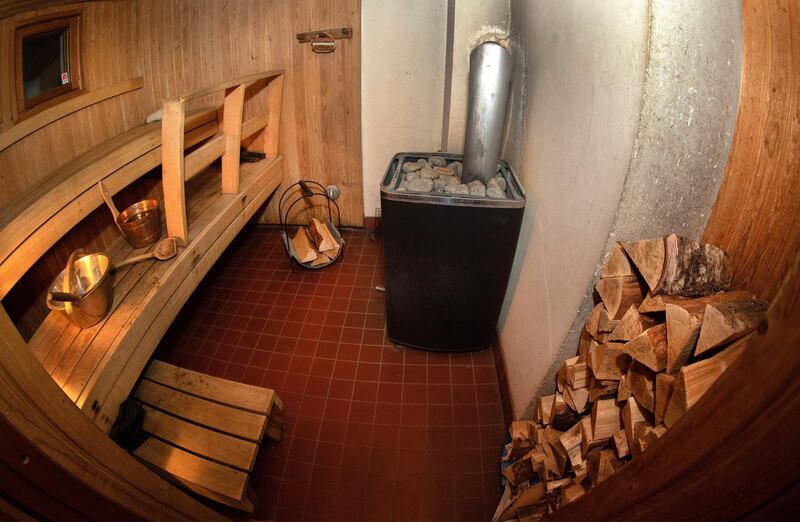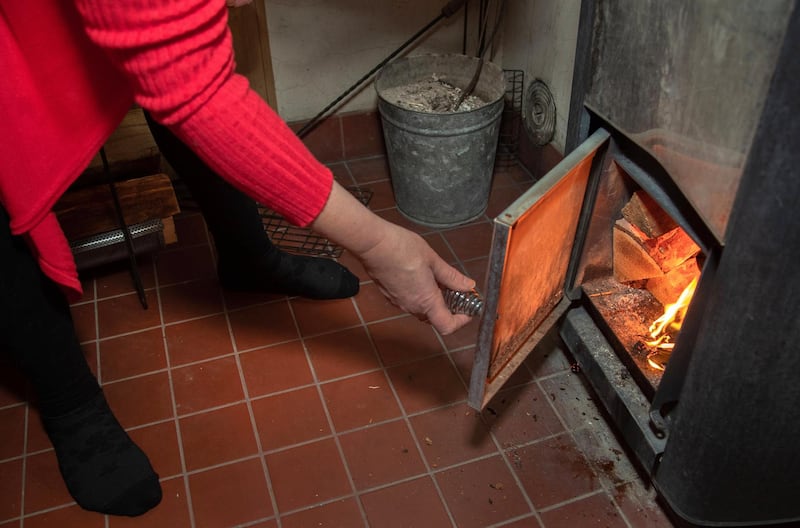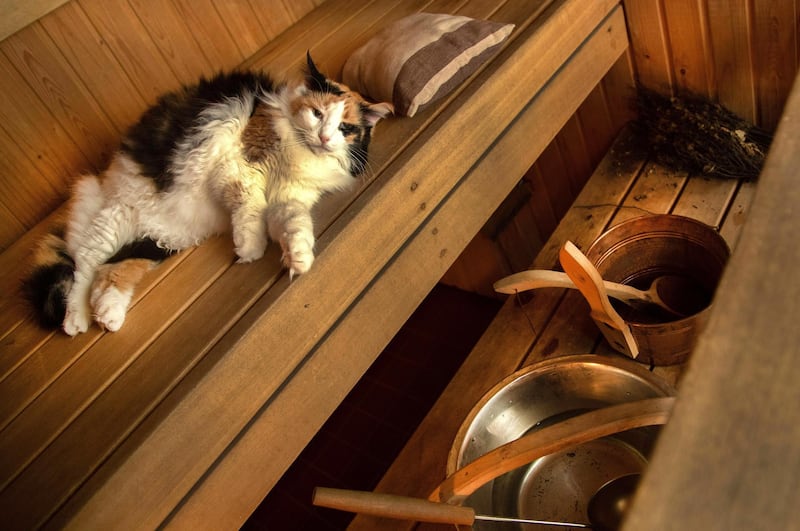In a solemn announcement that may surprise gourmets across the globe, the august arbiters of Unesco have decided that the humble North African dish of couscous is to be elevated to the UN Agency’s elite list of the world’s Intangible Cultural Heritage of Humanity.
Foodies from the Maghreb are hailing their “couscous traditions”, a staple that is just as much a part of daily life as rice and noodles in Asia or potatoes in Europe and North America.
Because while couscous may sound like the blandest base for a meal – steamed semolina traditionally made from crushed durum wheat – what brings it to life are the traditions of its preparation, the rites and rituals of serving, and, above all, the incredible variety of ingredients that can accompany it.
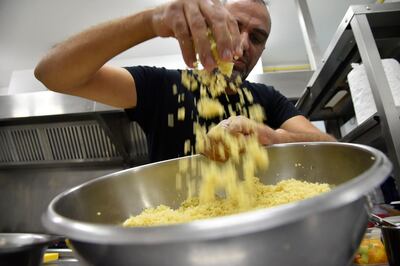
Why has Unesco chosen to single out couscous? Because it is actually more than just a dish.
It represents a way of life, originally that of the North African Maghreb, which is why the official description extolls the ”knowledge, know-how and practices related to the production and consumption of couscous”.
Transcending national borders
And in a unique judgment of heritage transcending national borders, Unesco has not chosen one country as “the home of couscous”, but awarded a joint inscription to Algeria, Morocco, Tunisia and Mauritania, recognising that “couscous is much more than a dish, it is a moment, memories, traditions, know-how, gestures that are passed on from generation to generation”.
This historic dish almost certainly began with nomadic Berber tribes whose indigenous word "seksu" has metamorphosed over the centuries into couscous, though dates for its first appearance are disputed.
Some food historians point back more than 2,000 years, to the then Berber kingdom of Numidia, while the earliest recipes were written down in Arabic during the 13th century.
The beauty of couscous is that it is indefinable. The magical semolina granules can be made from sorghum or pearl millet, as well as classic hard wheat. Alongside the obligatory harissa paste, you can serve it with raisins, almonds, saffron, orange blossoms and cinnamon.
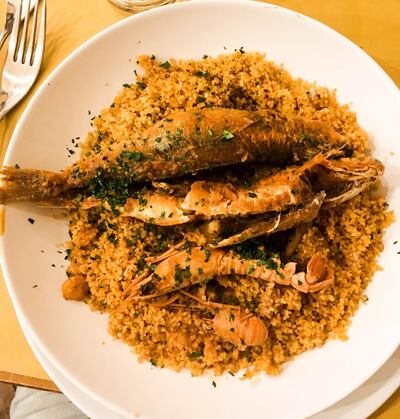
Couscous can be eaten as a basic vegetarian dish without the usual cornucopia of meats, while as far away as Sicily, there is a North African tradition of seafood couscous with fish, octopus and squid.
In Libya or Mauritania, don’t be surprised to see couscous accompanied by camel meat, while the Egyptians save couscous for dessert, topping it with honey, dates, sultanas and nuts.
From Dubai to Dallas
As you would expect in any discussion about food, every nation is fiercely patriotic when it comes to where the best couscous is made, especially chefs from neighbouring Algeria, Morocco and Tunisia. But what is interesting about couscous is that at the end of any heated argument, all food lovers will end up agreeing that “the best couscous is my mother’s”.
While its origins may lie in Algeria, Morocco and Tunisia, the heritage of preparing and eating couscous soon spread across North Africa, becoming a vital element in the traditional cuisine of Libya, Mauritania, Egypt and the Sahel, before more recently making its mark on the global eating-out scene.
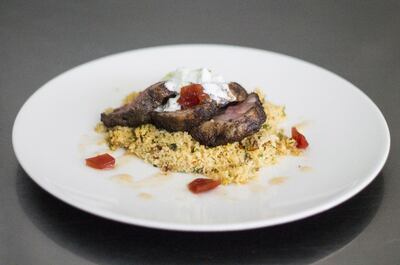
While certainly not as ubiquitous as McDonald’s, the Maghreb diaspora has today ensured that a hungry diner can find a colourful couscous eatery, invariably cheap and cheerful, in every corner of the world, from Dubai to Dallas, Shanghai to Seville, Bombay to Berlin.
'It belongs to everyone'
Moroccan-born chef Fatema Hal goes as far to say that couscous "really belongs to everyone".
"It is that rare dish that transcends frontiers, a dish that existed long before our modern international boundaries," she says.
"It is the only dish that accompanies the Maghreban throughout his life, served at birth, marriage, birthdays and death, always reunifying the family. Another profound tradition is that on Fridays, couscous is served for free to the poor.”
Hal has dedicated herself to safeguarding and recording culinary heritage with her books, including Couscous, published in 2001.
She remembers when welcoming France’s most famous Michelin-starred chef, Alain Ducasse, to try her very own couscous recipe, how “very, very curious he was, always taking pleasure to taste something new, always taking the time to appreciate the subtleties of each dish”.
In another of the cradles of couscous, one of Tunisia's most respected chefs, Slim Bettaieb, who oversees the kitchens of the luxury La Badira hotel in the seaside resort of Hammamet, reminisces how he found his early inspiration for cuisine. "In Tunisia, the spicy hot harissa sauce that accompanies every couscous is often prepared to a family recipe," he says.
“My maman would make enough to last the whole year, and as soon as I could walk, I loved helping her and learning her secrets. I continue the tradition today, serving it in my restaurant, though the only time I could not make enough was when I entered the Guinness Book of Records in 2001, preparing two tonnes of couscous!”
He makes the point that couscous can also be the perfect seasonal dish.
“My all time favourite couscous is right now, using winter vegetables: cabbage, fava beans, potatoes, peppers, pumpkin and a little ‘kaddid’, salted air-dried lamb that is traditionally prepared after Eid.”
The local couscous joint
When I was making Paris my home, it quickly became apparent that in addition to deciding on my favourite local cafe, bistrot and brasserie, I also had to choose my preferred couscous restaurant, Le Berbere. After all, way back in 2006, Gallic food critics were already taken by surprise when couscous came first in a poll of France’s favourite dishes, ahead of steak-frites, boeuf bourguignon and cassoulet.
The Berbere’s owner, Hocin Buouaziz, who was born in Paris from a family of the Algerian diaspora, recently told me how, “couscous was always present in my life, as I was born upstairs from a restaurant, Le Roi du Couscous, where my father was the chef".
"France has made me what I am, but my origins are Berber and from 11 to 17 years of age I lived in the family 'bled', our village in the Kabylie mountains," he says.
"When I came to Paris in 1999 and opened Le Berbere, the name was a nod to my origins, my culture. Over the years, my clients, who are 99.5 per cent local French, have become my friends, my family, and we now have wonderful meals with three generations at table, eating a couscous of course.”
My work as a travel and food writer takes me to some of the world's top gastronomic fine-dining restaurants, but once back home, I can’t wait for a convivial couscous shared with friends at Le Berbere, where the table is laid out with a huge tureen of vegetables floating in a rich broth – carrots, courgettes, celery, turnip, chickpeas, fennel, leek – plates of spicy merguez sausages, juicy grilled chops, skewers of chunky beef and chicken, savoury kofta meatballs, and a spit-roasted joint of mechoui lamb.
The waiter slowly does a tour of the table, gently ladling generous spoonfuls of delicately steamed couscous on to plates, and then everyone tucks into the ultimate comfort food feast. Definitely worthy of the title Intangible Cultural Heritage.
